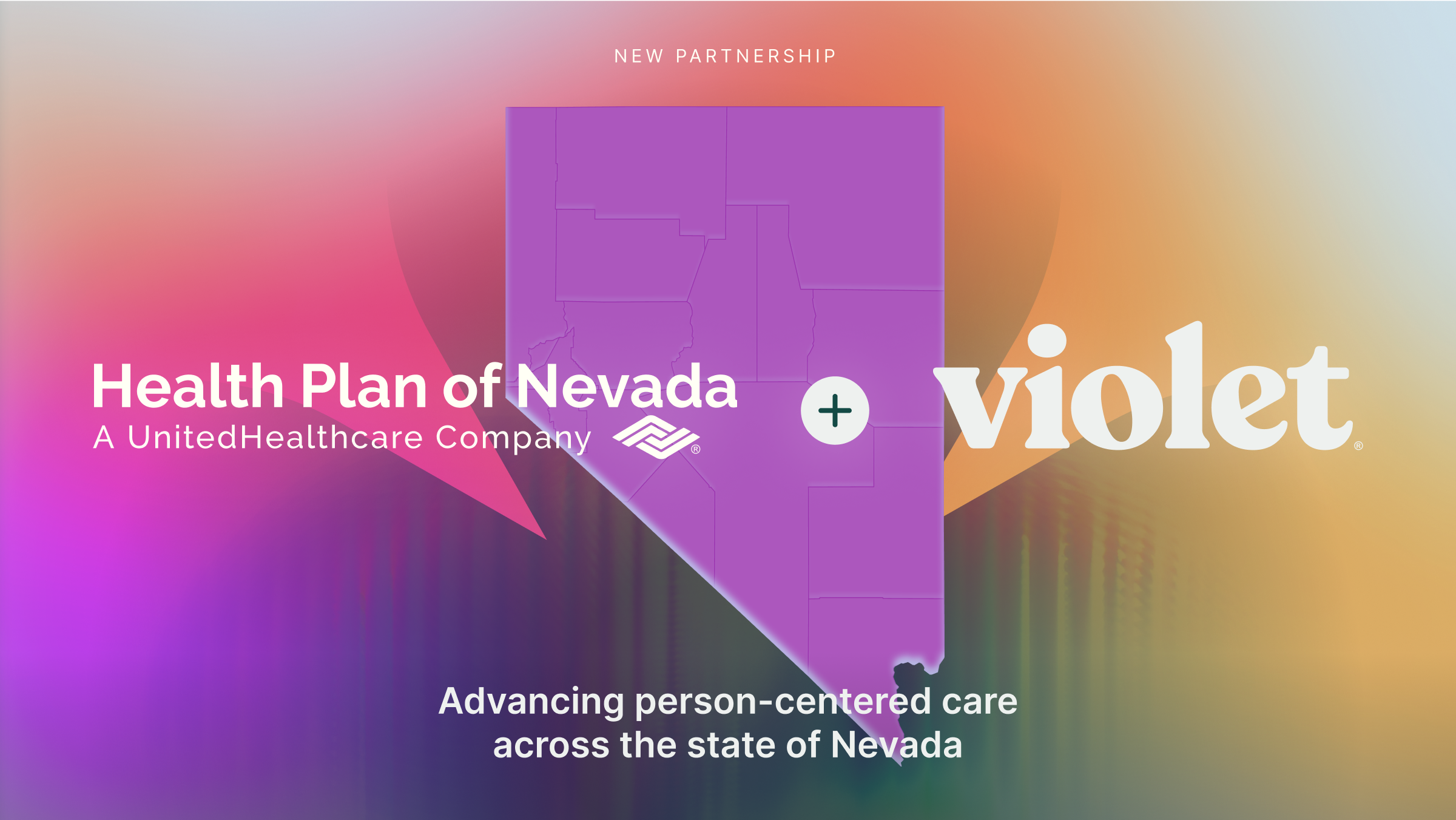Health equity requires technology.
Making the health care system more equitable for diverse patients necessitates adopting strategic technologies. Using tech to facilitate health equity initiatives can make health data more accessible, improve communication, and foster better patient adherence and satisfaction.
Patient matching.
Patient matching, which is ensuring the accuracy of patient information by linking patient records across departments (labs, billing, ER visits, etc.), is the best way to get a holistic picture of a patient’s background and health history. Sharing health history and patient identities between clinicians and organizations also gives providers a better understanding of social determinants of health that may factor into a patient’s care. For patients, it provides a more seamless experience when seeking care—simple things like not having to repeatedly fill out intake forms can save time and energy.
Accurately recording patient identities can also help foster identity-centered care matching. When patients have their identities well documented, patients can be matched with providers based on cultural competence.
Poor patient-matching capabilities are costly. According to a Black Book Survey, “poor patient-matching issues cost an average of $1,950 per patient per inpatient stay, and more than $800 per ED visit.” The survey also reported that around, “33% of all denied claims resulted from inaccurate patient identification or incorrect patient information."
At the time of the survey, claims denied for these reasons cost the average hospital $1.5 million and the U.S. health care system more than $6 billion annually.
Patient matching often misses vital information, such as accurate identification. When care matching is improved, it may foster better awareness of patient populations, support identity-centered care matching, improve patient experience, and save costs.
Electronic health records.
Electronic health records (EHRs) can improve health care quality by providing health care providers with access to a patient's complete medical history, including test results, medications, and other relevant information. This technology can improve health care coordination and reduce medical errors.
Health information exchanges.
Health information exchanges (HIEs) allow health care providers to share patient information securely across different health care settings. This technology can improve health care coordination and reduce the duplication of medical tests and procedures, which can lower health care costs.
Telemedicine.
Virtual appointments with clinicians became widely popular during the first two years of the pandemic and has become a permanent fixture in the health care landscape. Moving consultations online (or via phone) was initially a solution for avoiding exposure to COVID-19, but proved to have other usages and benefits.
Patients who have been unable to secure transportation to and from their appointments, either because of cost, work schedules, limited mobility, or lack of childcare, were able to make follow-up appointments, routine doctor visits, and consult with specialists. Many therapists now use telemedicine for sessions with their clients, improving access for those who previously faced barriers to inclusive mental health care, like LGBQ and TGNC people living in rural areas.
Telemedicine has proven to have numerous benefits including the ability for doctors to see more patients and improved patient adherence.
Though, telemedicine can only foster health equity when it's implemented with measures that ensure inclusive care. Read more here.
Translation.
For patients with limited or no English proficiency, translation is key to improving communication in clinical settings. Having an in-person translator is crucial for high-risk clinical situations, but for non-emergency care, machine translation systems may present a solution when a translator is either too costly or not available. Machine translation can also complement existing patient care, for example, if a clinician is conversationally proficient in another language, but needs to look up specific translations to communicate medical terms to their patient.
Using a certified medical translator is also possible via telehealth platforms like Zoom, but this process requires training for providers to best utilize the technology. It’s also important to make troubleshooting support for patients available in their own language, not solely in English.
New and evolving technologies can mean a big step forward for building health equity, but only if they are implemented in an inclusive way. It’s important to remember that not all patients have the same access to the internet, electronic devices, or the same level of computer literacy or health literacy. Empowering patients is possible when keeping their individual needs at the forefront when rolling out any form of technology.
Moreover, it is not recommended to entirely replace human translators since tech-based translation services aren't perfectly accurate. It is best to use a mixed approach, prioritizing real-life translators.
Mobile apps.
Mobile apps can provide patients with access to health information, appointment scheduling, medication reminders, and other services. These apps can improve health care access and convenience for patients, particularly those with limited mobility or transportation options.
Mobile apps have even been a gateway to improved communications. For example, SameSky has developed a text-based patient communications app that builds dignity and trust when diverse patients are navigating health care and may have questions.
By leveraging these digital innovations, health care providers can work to build a more equitable health care system that provides all individuals with access to high-quality, affordable health care services.
See how Violet's full suite of health equity tools can power inclusive, identity-centered care for your organization. Book a demo with Violet today and start leveraging tech to build health equity.

.svg)



.png)





.png)

.svg)



.svg)

